Free food and election promises: Why India's food security system needs an overhaul
The Niti Aayog estimates using a multi-dimensional approach, that poverty has fallen below 15 percent. Why then are 58 percent of Indians getting free food? Or even if their food security needs have to be addressed, would this be better served by direct benefit transfers?

Earlier this month, at an election rally, Prime Minister Narendra Modi made an important announcement, that the free food scheme, known as Pradhan Mantri Gareeb Kalyan Anna Yojana (PMGKAY), would be extended by five years. This scheme in its current form would have ended by December 2023 as per the last cabinet decision. Modi’s announcement, surely to be endorsed by a cabinet decision, will now extend it beyond December by five years. The scheme provides five kilos of free ration per person per month to 800 million of India’s 1,4 billion population. PMGKAY was born during the pandemic to provide emergency relief to distressed families facing food insecurity. It was dovetailed to the pre-existing food security law (National Food Security Act) passed in 2013, which provided highly subsidised foodgrain to eligible households, covering two-thirds of rural India and one-half of urban India.
The NFSA was passed in Parliament after more than a decade-long campaign of food security activists, who were alarmed at mounting stocks of grain in government granaries (thanks to monopoly procurement) coexisting with starvation and hunger. During Covid, the government doubled the entitlement under NFSA and made the doubled allocation completely free. So instead of being “highly subsidised” (i.e. rice wheat and coarse cereal at rupees 3, 2 and 1 per kilo respectively), the grain became completely free to the beneficiaries. To that extent, the incremental fiscal burden to the government was less, since grain was anyway being highly subsidised. It is the free food grain that has given a large number of families protection from high food inflation. If instead a fixed rupee amount was given as a direct benefit transfer, then the rising cost of food grain would make them increasingly unaffordable.
After extending PMGKAY (which is the name of NFSA plus equal allocation necessitated by Covid), several times in four phases, the government decided to discontinue the additional component (which had doubled the entitlement) and now gives only the component guaranteed by the NFSA law. But instead of pricing it at rupees 3, 2 or 1, it has become completely free. And the NFSA has been renamed (perhaps unofficially) as PMGKAY. And because of the PM’s announcement during an election rally, it has acquired the image of being an electoral promise to be fulfilled. But if the cabinet was going to extend the “free” scheme by five years, why not wait till the model code of conduct was over? Otherwise, it appears to give the ruling party an undue advantage in claiming credit for such a scheme which would have been passed by the cabinet soon enough.
Fiscal sustainability
There are several related issues that need to be discussed and addressed. Firstly, the decision commits at least 11 trillion rupees of future revenues of the country. Is this fiscally sustainable? Instead of free, can the prices of grain not be tweaked a bit higher? Even the NFSA envisaged revision of prices. From 2015 to 2022 average food price index has gone up by 45 percent, and the individual spike in wheat prices might be higher. The government will have to manage annual procurements of close to 100 million tonnes to meet various commitments. Such a huge monopolistic intervention on the buy side of the grain market is highly distortionary. Not to speak of the burden of storage and distribution. And the burden of the Minimum Support Price for wheat and rice will keep rising. Can procurement be decentralised and passed on to the States? Can some of the schemes be replaced by direct transfer of cash?
The second issue is about hunger and malnutrition. Indian authorities bristle at the poor rank India gets in the annual Global Hunger Index ranking. They complain that the index gives undue weight to children wasting and stunting and that India has a malnutrition problem, not a hunger problem. Leaving aside the semantics, then surely the policy should focus on not grain alone, but micronutrients, a balanced intake of proteins in the form of milk, eggs or meat and strengthening the mid-day meals program. The Niti Aayog estimates using a multi-dimensional approach, that poverty has fallen below 15 percent. Why then are 58 percent of Indians getting free food? Or even if their food security needs have to be addressed, would this be better served by direct benefit transfers?
The third issue is whether we need to go back to a targeted approach as far as food and nutrition security is concerned. The NFSA is implemented through the Public Distribution System of ration shops and has become universal. In fact, in the first version, the NFSA was meant to be implemented only in the 100 most backward districts. It was extended to the whole country as an electoral gimmick. The original PDS in place from the 1960s was sought to be reformed by replacing it with the Targeted PDS (TPDS) in the mid-1990s. But that needs the hard political decisions of favouring some (backward) regions of the country, using the resources of the Union government. Since backwardness is more predominant in the Northern states and the Hindi belt, such a targeted approach raises the thorny issues of inter-State fairness, and how to navigate federalism in a cooperative and fair manner. But some sort of reform to the universal NFSA is needed.
Monopoly procurement system
The fourth issue is whether it is time for a comprehensive overhaul of the food security system. The monopoly procurement system aims to meet three objectives: adequate price paid to the farmer (through minimum support price revised upward from time to time); food security to poor households (through their ration entitlement); and food price stability (through periodic bulk sales into the market to put downward pressure on prices). One instrument but three objectives. It leads to multiple distortions. Such as intensive chemical farming in Punjab, indirectly linked to stubble burning. High storage costs and consequent leakages.
The tendency of round-tripping, where traders have the incentive to buy cheap and re-sell to the government at high procurement prices. In the decades since the 1990s with technology and greater intrusive vigilance, some problems have been solved. But it remains an unwieldy monster that needs a rehaul.
(The writer is a noted economist and commentator. Views are personal. By special arrangement with The Billion Press)
this post then you have to apply such techniques to your won web site.
casino en ligne
As the admin of this site is working, no hesitation very shortly it will be renowned,
due to its quality contents.
casino en ligne
Hello it's me, I am also visiting this web site on a
regular basis, this web page is genuinely pleasant and the users are truly sharing pleasant thoughts.
casino en ligne
Thanks very nice blog!
casino en ligne
Write more, thats all I have to say. Literally,
it seems as though you relied on the video to make your
point. You obviously know what youre talking about, why throw away your intelligence on just posting videos to
your blog when you could be giving us something informative to read?
casino en ligne
Thanks for sharing such a good thinking, post is fastidious,
thats why i have read it fully
casino en ligne
At this time it looks like Expression Engine is the preferred blogging platform available right now.
(from what I've read) Is that what you're using on your blog?
casino en ligne
Pretty great post. I simply stumbled upon your weblog
and wanted to say that I have truly enjoyed surfing around your blog posts.
After all I'll be subscribing to your feed and I hope you write again very soon!
casino en ligne
Excellent way of telling, and nice paragraph to get information about my
presentation subject, which i am going to deliver in school.
casino en ligne
I've learn several good stuff here. Definitely worth bookmarking for revisiting.
I surprise how much effort you put to make any such wonderful informative web site.
casino en ligne




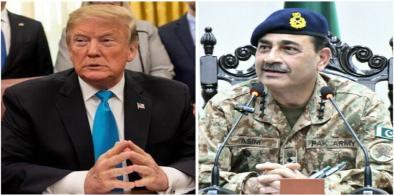
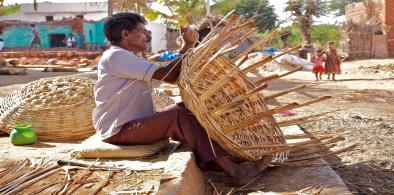
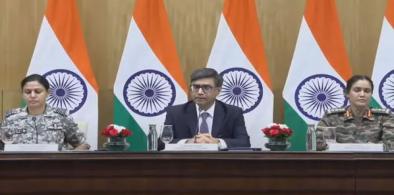




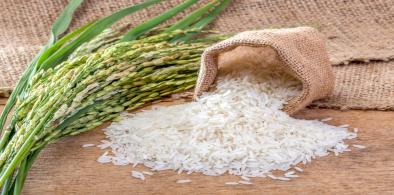
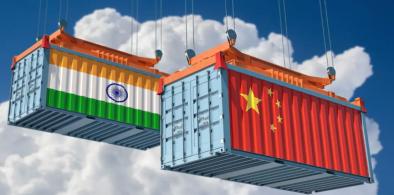
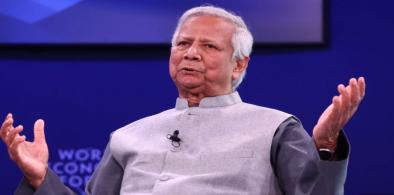






Post a Comment